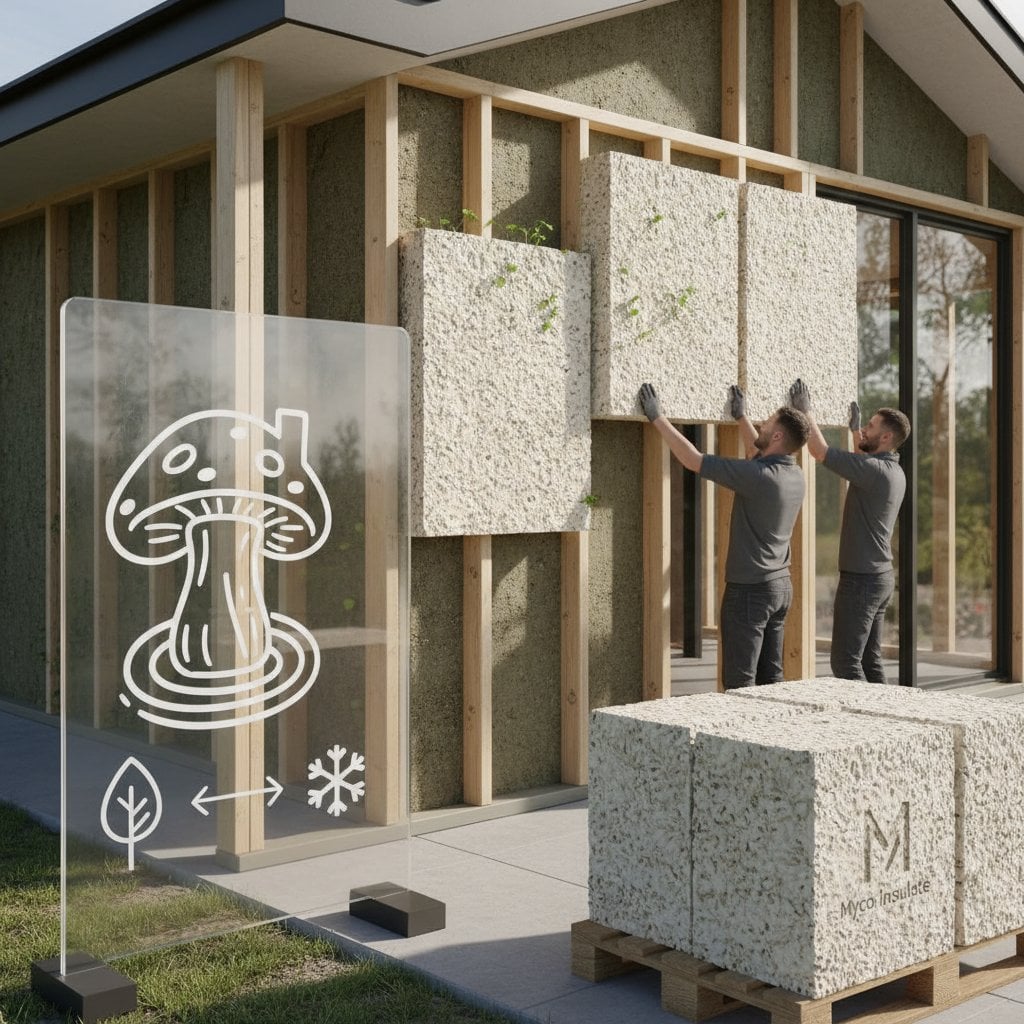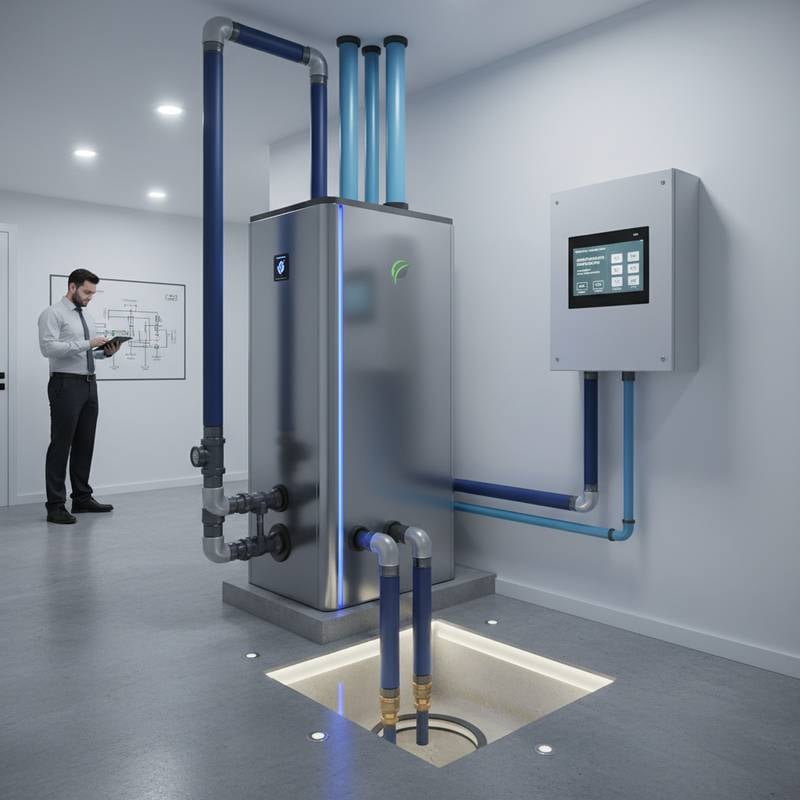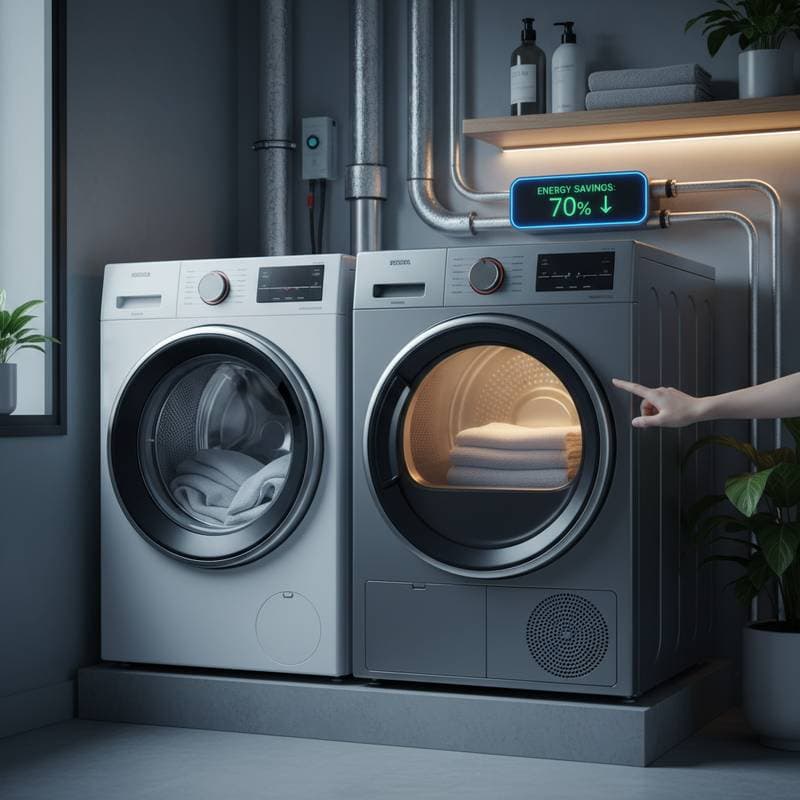When Summer Heat Turns Homes into Ovens
Imagine a scorching afternoon where the air conditioner runs nonstop, yet indoor spaces remain uncomfortably warm. The source of this issue often lies above: a roof that absorbs intense sunlight and transfers heat inside. Reflective roof coatings address this problem by reflecting solar rays, keeping surfaces cooler and easing the burden on cooling systems.
These coatings function similarly to light-colored clothing on a hot day, rejecting heat rather than retaining it. Homeowners notice immediate differences in temperature and energy use, particularly in sun-exposed regions.
The Advantages of Cooler Roofs
Standard dark roofs can exceed ambient temperatures by 50 to 100 degrees Fahrenheit on sunny days, forcing air conditioners to work harder. Reflective options maintain surface temperatures 50 degrees cooler or more, directly reducing cooling demands.
Key benefits include:
- Reduced wear on air conditioning units, leading to fewer repairs and longer equipment life.
- More stable indoor temperatures, enhancing daily comfort without constant adjustments.
- Mitigation of urban heat islands, which lowers community-wide temperatures and improves air quality.
In warm climates, these roofs deliver 20 to 25 percent savings on cooling expenses. They also decrease overall energy consumption, cutting greenhouse gas emissions, and protect roofs from thermal stress that causes premature deterioration.
Essential Planning Steps
Effective implementation requires careful assessment. Consider roof structure, existing materials, and environmental factors to select the optimal solution.
-
Inspect the current roof
Determine if it features a flat, sloped, or complex design. Identify the primary material, such as asphalt shingles, metal sheets, or rubber membranes. Address any damage, including leaks or degraded sections, prior to coating application. -
Verify product compatibility
Acrylic formulations suit flat roofs with minimal water pooling, while silicone versions handle standing water effectively. Elastomeric coatings provide the flexibility needed for expanding metal surfaces. -
Select appropriate aesthetics
Opt for white or pastel shades to maximize heat reflection. Tinted varieties preserve visual harmony with neighborhood styles without compromising efficiency. -
Examine regulations and support programs
Review local building standards that promote energy-efficient roofing. Investigate available rebates, tax incentives, or utility programs to reduce upfront expenses.
Investment Costs and Return Projections
Pricing for reflective coatings depends on roof size, material, and labor requirements. Professional services typically cost 2 to 6 dollars per square foot.
Breakdown examples:
- For 1,000 square feet: 2,000 to 6,000 dollars.
- For 2,000 square feet: 4,000 to 12,000 dollars.
- For larger or intricate roofs: 10,000 dollars or more.
Savings potential offsets these costs rapidly. With annual cooling bills of 1,200 dollars, a 25 percent reduction saves 300 dollars yearly. Over 10 years, this accumulates to 3,000 dollars, plus savings from delayed roof maintenance. Full payback often occurs in 5 to 8 years, accelerating with complementary upgrades like enhanced insulation.
Integrating Design and Functionality
Reflective roofs blend performance with style through innovative materials. Balance energy efficiency with architectural appeal using these approaches.
- Reflective shingles and tiles: Available in designs that replicate classic looks while providing superior heat rejection.
- Finished metal roofing: Combines longevity and reflectivity; integrate with systems for harvesting rainwater.
- Hybrid vegetative setups: Layer reflective bases beneath green elements for insulation and visual interest.
- Solar-compatible surfaces: These coatings optimize panel efficiency by minimizing heat buildup around installations.
Certified products from programs like ENERGY STAR or the Cool Roof Rating Council guarantee measurable results. Prioritize options with high solar reflectance indices for proven outcomes.
Variables Affecting Performance
Outcomes vary based on site-specific conditions. Account for these to optimize results.
-
Regional climate
Arid, high-sun areas maximize energy reductions. Temperate zones emphasize roof preservation over cooling savings. -
Roof orientation and pitch
Low-angle roofs capture more direct sunlight; high-reflectance coatings excel in these scenarios. -
Building envelope integration
Combine coatings with adequate insulation and ventilation to prevent heat transfer and promote airflow. -
Application standards
Substandard work risks adhesion failures or moisture issues. Professionals ensure thorough surface preparation for durable bonds. -
Ongoing upkeep
Annual checks remove accumulations that dull reflectivity. Simple cleaning maintains peak efficiency.
Contributions to Sustainability
Reflective roofs support eco-conscious practices by addressing energy and environmental challenges.
- Lower energy use: Decreased cooling reduces reliance on power grids and fossil fuels.
- Extended durability: Protection from ultraviolet rays and temperature fluctuations prolongs service life.
- Improved interiors: Cooler attics lower humidity levels and enhance occupant well-being.
- Community resilience: Collective use tempers urban heat, easing strain on infrastructure during peaks.
This passive strategy demands little upkeep and operates continuously, making it a practical sustainability choice.
Practical Guidance from Experts
Professionals advocate reflective coatings as a foundational energy strategy. Follow these steps for success.
- Conduct a thorough roof evaluation to fix vulnerabilities first.
- Select products with documented reflectance values suited to your setup.
- Time applications for dry, mild weather to promote strong adhesion.
- Schedule yearly inspections to sustain performance.
Homeowner action plan:
- Assess roof integrity.
- Identify approved coating alternatives.
- Obtain multiple contractor estimates.
- Evaluate guarantees and performance metrics.
- Set calendar alerts for routine checks.
Common Questions Answered
How durable are reflective coatings?
Quality applications endure 10 to 20 years. Refresh with topcoats to extend usability further.
Is professional installation necessary?
While DIY options exist, experts achieve superior coverage and warranty eligibility through precise preparation.
Do they benefit cold-weather homes?
They extend roof longevity by minimizing thermal stress and provide modest summer relief, especially with solid insulation.
How do they affect appearance?
Varied tints and textures allow seamless integration with existing designs.
Are they suitable for solar setups?
They enhance panel output by reducing surrounding heat, improving overall system efficiency.
What maintenance do they require?
Periodic cleaning and inspections suffice to counter dirt or growth.
Can they go over old shingles?
Certain types work on prepared surfaces; verify guidelines and seek advice for textured bases.
Securing Lasting Home Efficiency
Investing in a reflective roof builds a foundation for sustained savings and protection. This upgrade cools living spaces, safeguards structures, and trims operational costs annually. Homeowners gain a reliable ally against rising temperatures and energy demands, fostering smarter, more resilient living.










